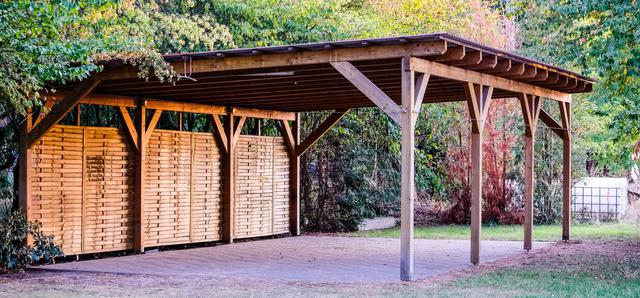A basement remodeling project can transform your previously underused space into a cozy retreat, a functional office, or an entertainment hub. To achieve the desired outcome, it's crucial to choose the right materials that not only suit your design preferences but also meet safety standards and ensure long-lasting performance. In this article, we'll explore essential materials you'll need to kickstart your basement makeover journey.
Waterproofing and Insulation: Creating a Warm and Dry Sanctuary
- Vapor barriers: To prevent moisture from seeping into your basement, consider installing vapor barriers on the walls and floors. These barriers, typically made of plastic or foil sheets, will keep your space dry and protect your investment.
- Insulation: Proper insulation is crucial for maintaining a comfortable temperature in your basement. There are several types to choose from, such as fiberglass batts, rigid foam boards, and spray foam insulation. Each has its pros and cons, so do your research to determine the best option for your needs.
Flooring: Laying the Foundation for Style and Comfort
- Concrete: A popular choice for basement flooring is concrete, as it is durable, low-maintenance, and can be finished in various ways, including staining or polishing. To enhance its appearance and comfort, consider adding area rugs or interlocking foam tiles.
- Vinyl: Vinyl is a versatile, affordable, and waterproof option for basement flooring. Available in various styles, including planks and tiles, it can mimic the appearance of wood, stone, or ceramic while providing excellent moisture resistance.
- Carpet: Carpet can create a warm, inviting atmosphere in your basement. Opt for a moisture-resistant carpet with a low pile, as it will dry more quickly if exposed to moisture and is easier to clean.
Walls: Crafting the Perfect Backdrop
- Drywall: Drywall is a popular choice for finishing basement walls. It's easy to install, cost-effective, and can be painted or textured to suit your design preferences. Use moisture-resistant drywall to prevent mold and mildew growth.
- Paneling: Another option for basement walls is paneling. It is lightweight, easy to install, and comes in various materials, such as wood, fiberboard, or PVC. Choose a moisture-resistant type to ensure durability in your basement environment.
Ceilings: Setting the Scene from Above
- Drop ceiling: A drop ceiling, also known as a suspended ceiling, is a popular choice for basements. It consists of a metal grid and removable tiles, which allow easy access to plumbing and electrical systems. Drop ceilings come in various styles and materials, so you can customize the look to match your design.
- Drywall ceiling: If you prefer a more seamless appearance, consider installing a drywall ceiling. This option requires more work, but it gives a polished, cohesive look to your basement.
Selecting the right materials for your basement remodeling project is essential to ensure a successful transformation. By considering waterproofing, insulation, flooring, walls, and ceilings, you can create a basement space that is not only stylish but also functional and comfortable.






comments